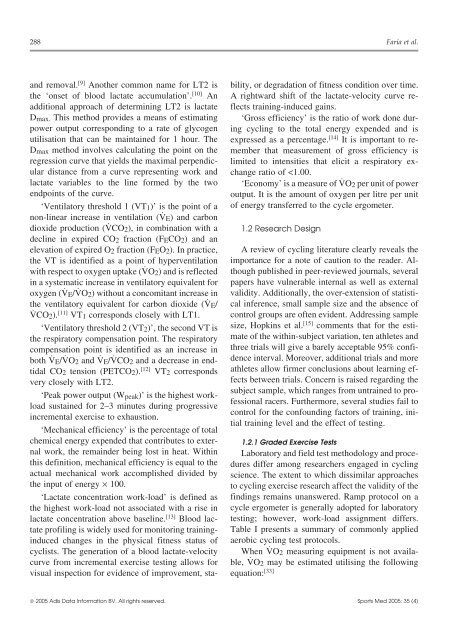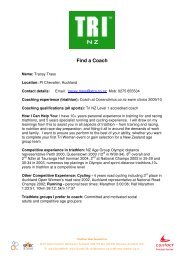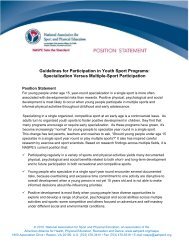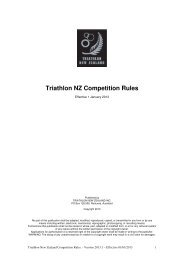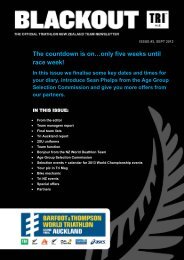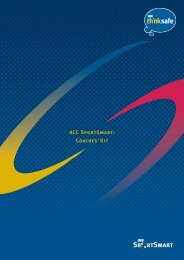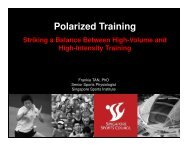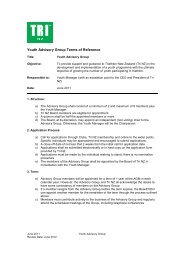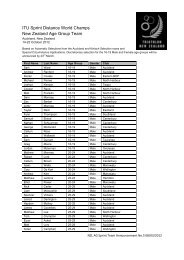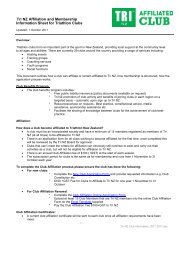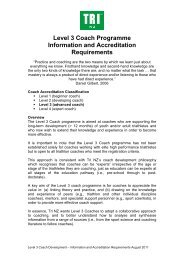The Science of Cycling - IngentaConnect
The Science of Cycling - IngentaConnect
The Science of Cycling - IngentaConnect
You also want an ePaper? Increase the reach of your titles
YUMPU automatically turns print PDFs into web optimized ePapers that Google loves.
288 Faria et al.<br />
and removal. [9] Another common name for LT2 is bility, or degradation <strong>of</strong> fitness condition over time.<br />
the ‘onset <strong>of</strong> blood lactate accumulation’. [10] An A rightward shift <strong>of</strong> the lactate-velocity curve readditional<br />
approach <strong>of</strong> determining LT2 is lactate flects training-induced gains.<br />
Dmax. This method provides a means <strong>of</strong> estimating ‘Gross efficiency’ is the ratio <strong>of</strong> work done durpower<br />
output corresponding to a rate <strong>of</strong> glycogen ing cycling to the total energy expended and is<br />
utilisation that can be maintained for 1 hour. <strong>The</strong> expressed as a percentage. [14] It is important to re-<br />
Dmax method involves calculating the point on the member that measurement <strong>of</strong> gross efficiency is<br />
regression curve that yields the maximal perpendic- limited to intensities that elicit a respiratory exular<br />
distance from a curve representing work and change ratio <strong>of</strong>


